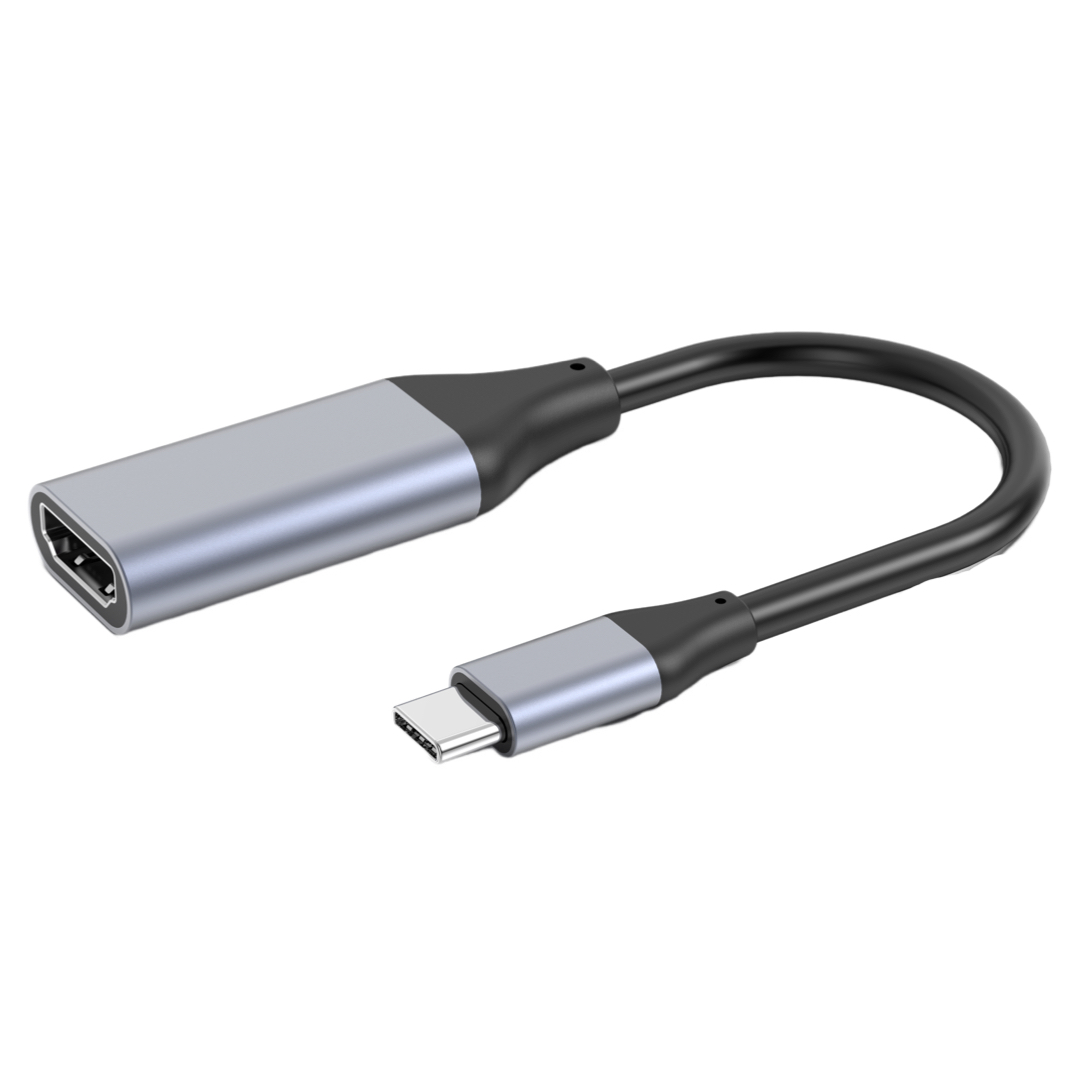Exploring the Key Features of USB-C Hubs

USB-C hubs have become an essential accessory for many individuals due to their versatility and convenience. These hubs are designed to expand the capabilities of devices equipped with USB-C ports, allowing users to connect multiple peripherals simultaneously. By examining the characteristics of USB-C hubs in detail, it becomes evident how they contribute to a seamless user experience.
Firstly, USB-C hubs feature multiple ports that serve different purposes. These hubs typically include USB-A ports, HDMI or DisplayPort outputs, SD card readers, Ethernet ports, and sometimes even audio jacks. This variety enables users to connect a wide range of devices and accessories, such as USB flash drives, external monitors, memory cards, wired internet connections, and headphones. The ability to connect various peripherals through one hub eliminates the need for multiple dongles or adapters, simplifying the user's setup and reducing cable clutter.
Secondly, USB-C hubs are often equipped with power delivery capabilities that enable them to charge connected devices while in use. The power delivery feature allows users to charge their laptops, smartphones, or tablets through the hub, eliminating the necessity of carrying additional chargers. This aspect is particularly beneficial for individuals who frequently travel or work in environments with limited power outlets.
Thirdly, USB-C hubs support high-speed data transfer rates. Most hubs are designed to support USB 3.0 or USB 3.1 standards, ensuring rapid file transfers between connected devices. This characteristic is essential for professionals handling large data files, such as photographers, videographers, or graphic designers. Additionally, some USB-C hubs also support Thunderbolt 3 technology, further enhancing data transfer speeds and expanding device compatibility.
Identifying Appropriate Scenarios for USB-C Hubs
USB-C hubs can be immensely valuable in various scenarios, catering to the needs of different users. Let's explore a few situations where these hubs prove particularly useful:
1. Workstation Expansion:
USB-C hubs are ideal for individuals working on laptops or tablets with limited ports. They allow users to connect multiple peripherals like external monitors, keyboards, mice, and USB storage devices simultaneously. This configuration transforms a portable device into a full-fledged workstation, increasing productivity and ease of use.
2. Presentations and Demonstrations:
USB-C hubs facilitate seamless presentations by providing connectivity options for projectors or large displays. With HDMI or DisplayPort outputs, users can easily connect their devices to external screens, ensuring high-quality visuals during presentations or demonstrations. Additionally, the hub's ability to charge devices simultaneously ensures uninterrupted usage and saves precious battery life.
3. Multimedia Editing:
Professionals in media production often require multiple accessories for their tasks. USB-C hubs simplify their workflow by allowing them to connect various devices, such as external hard drives, SD card readers, audio interfaces, and monitors, through a single hub. This consolidated setup significantly enhances convenience and efficiency in multimedia editing processes.
Conclusion
USB-C hubs have revolutionized device connectivity and expanded the potential uses of USB-C ports. Their multi-port capabilities, power delivery features, and fast data transfer rates make them indispensable accessories for individuals seeking a versatile and organized computing setup. Whether it's expanding workstations, facilitating presentations, or streamlining multimedia editing, USB-C hubs provide a bridge between devices and peripherals, making the user experience seamless and efficient.



